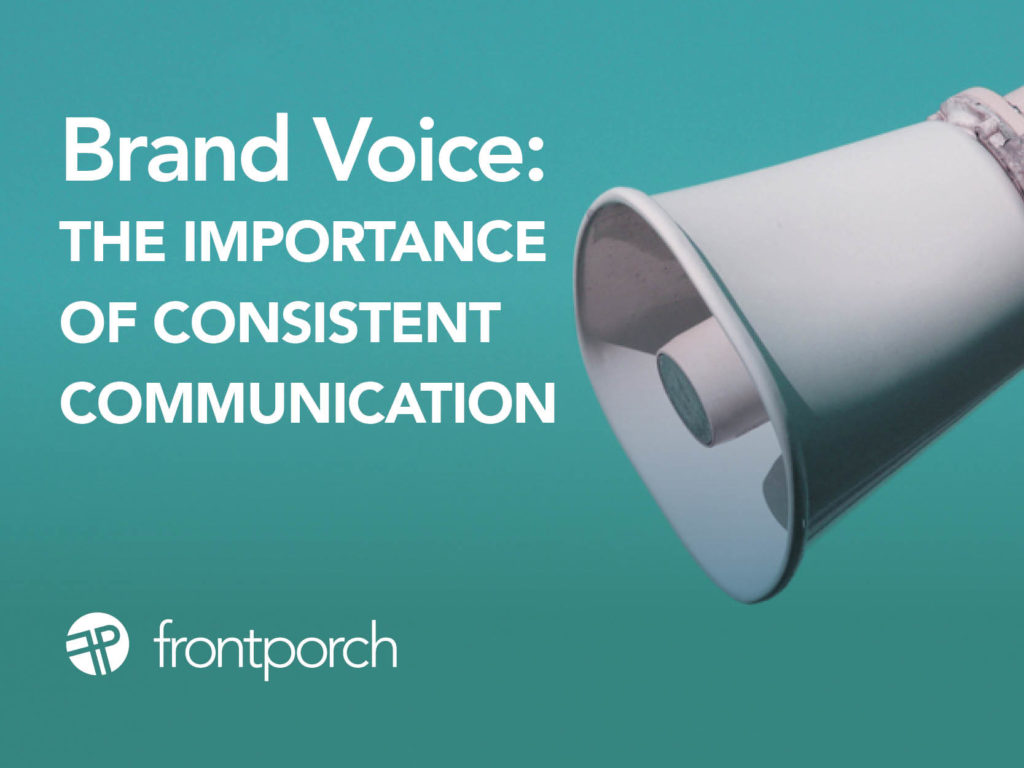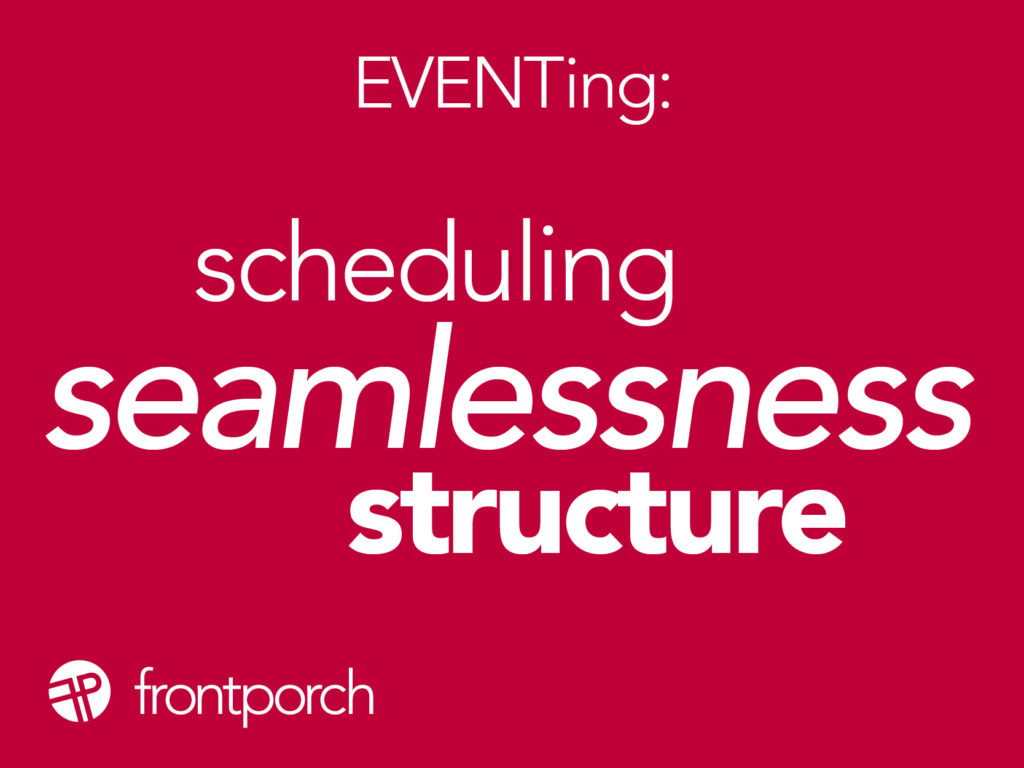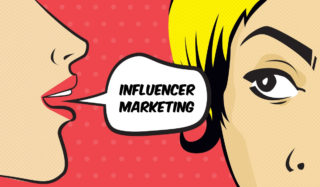
Have you created a unified brand voice for your company? If so, kudos to you. Have you done an audit to make sure you are communicating it consistently across all internal and external channels? Your brand voice matters. In your business category, and to your customers and future customers, brand voice sits at the core of your relationships. It fosters connection, community and confidence in a brand.
What Is Your Company’s Brand Voice?
Your brand voice is the tone in which your business speaks to its audience. It’s the unique personality behind a business. Have you defined that for your company? You can get started on that process by asking yourself a few questions.
- What are the four or five adjectives that are unique to your company’s voice?
- What human traits set your brand apart?
- What other brands inside and outside your industry do you admire?
- Why did your clients and customers choose your services or products over others?
How to bring a brand voice to life and maintain it across all channels
Strong brands use their voice wisely. They include these elements in their branding and marketing toolbox when they are maintaining their brand voice across all their marketing channels.
- Brand Vision: A clear and concise articulation of the brand’s purpose, mission and values. A strong brand vision can guide a brand in everything they do, and customers recognize this. It helps guide a brands activities, messaging, associations, partnerships and all marketing efforts.
- Target Audience: A detailed understanding your target audience, including your demographics, interests and pain points can really help a brand focus their efforts efficiently and effectively to grow a brand with people who are active, engaged and already predisposed to your brand’s message.
- A Message Map: The core messages that the brand wants to convey to its audience. For the most effective branding and marketing, brands use a message map to make sure they are hitting all the most effective benefit points that their business is trying to convey.
- Tone Of Voice: This is consistent and appropriate tone of voice that aligns with the brand’s personality. The tone can be like a parent, a trusted friend, or even a peer. Maintaining consistency here means customers can recognize your brand even without your logo or name just by how the brand talks.
- Messaging Guidelines: Specific guidance on how to express the brand’s messages in a consistent and engaging manner, whether that’s in ads, social media, print materials, broadcast, or editorial.
Strong Brands Build Business
Front Porch Marketing specialized in helping brands and companies create and maintain strong brand voice to build business and ultimately, the bottom line. Let us know if we can help your business grow with clear, concise brand voice.









 This tournament has differentiated itself from its peers by being the best.
This tournament has differentiated itself from its peers by being the best. An influencer is someone who acts as a mutual friend, and connects your brand with your target consumers. In today’s technological world, people are exposed to an abundance of purchasing choices, yet they don’t have the time to research them. Instead, buyers rely on friends, acquaintances, and fellow consumers to inform their purchasing decisions. The rise of social media has made it easier than ever for people to find other people who will help give them the information.
An influencer is someone who acts as a mutual friend, and connects your brand with your target consumers. In today’s technological world, people are exposed to an abundance of purchasing choices, yet they don’t have the time to research them. Instead, buyers rely on friends, acquaintances, and fellow consumers to inform their purchasing decisions. The rise of social media has made it easier than ever for people to find other people who will help give them the information. Gone are the days when when just posting and publishing frequently was enough. Now, with all the clutter on every form of social media, not only does your content need to be eye-catching, it also needs to be interactive and engaging.
Gone are the days when when just posting and publishing frequently was enough. Now, with all the clutter on every form of social media, not only does your content need to be eye-catching, it also needs to be interactive and engaging.